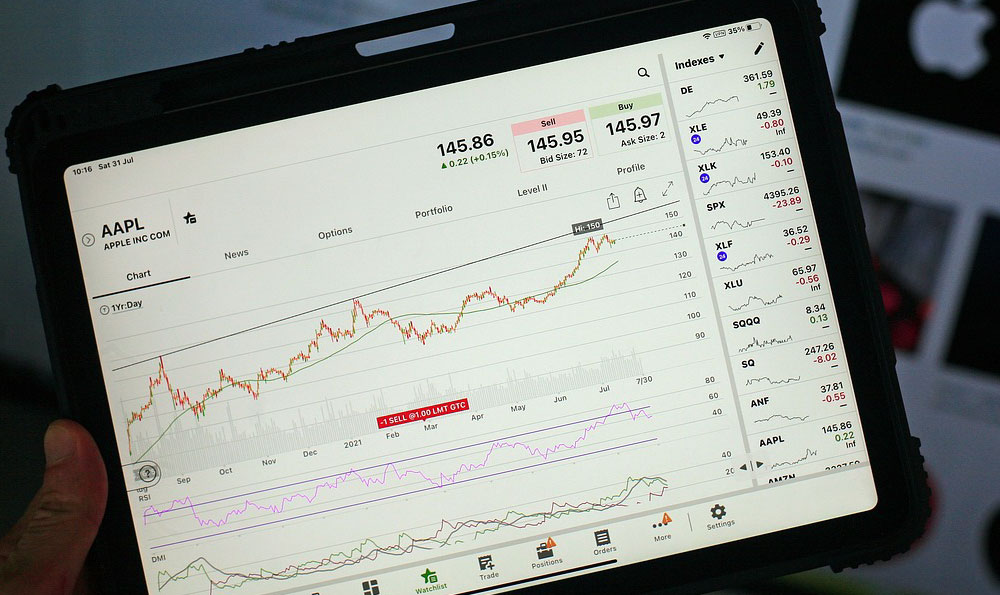How much money can you make on YouTube? What factors affect your YouTube revenue?
The allure of YouTube as a revenue stream is undeniable, and the question of "How much money can you make on YouTube?" is on the minds of many aspiring content creators. The answer, however, is not a simple one. It's a complex calculation influenced by a multitude of factors, ranging from the niche you occupy to the engagement levels of your audience. Instead of focusing on a specific dollar amount, which would be misleading given the vast spectrum of content and viewers on the platform, it's more productive to understand the levers that influence your earning potential.
One of the primary factors determining your YouTube revenue is your niche. Certain niches tend to be more lucrative than others. For example, finance, technology, and education channels often attract higher CPMs (Cost Per Mille, or cost per thousand views) because advertisers are willing to pay more to reach audiences interested in these topics. This is because these demographics are often associated with higher purchasing power or a greater likelihood of converting into paying customers for the advertised products or services. Conversely, entertainment or gaming channels, while potentially amassing massive viewership, might have lower CPMs due to the broader, and sometimes less affluent, audience they attract. It's not to say one shouldn't pursue their passion; it simply highlights the financial realities that different niches present. Before embarking on your YouTube journey, researching the potential CPM ranges for your chosen niche can provide valuable insights into your possible earnings.
Beyond niche, the geographic location of your viewers plays a significant role. Advertisers are often willing to pay more to reach viewers in countries with higher GDPs and more developed economies, such as the United States, Canada, the United Kingdom, and Australia. Therefore, if a significant portion of your audience resides in these regions, your CPM will likely be higher compared to channels with predominantly viewers from countries with lower advertising rates. This isn't a judgment on the content itself, but a reflection of the advertising market dynamics in different regions. Analyzing your YouTube Analytics to understand your audience demographics is crucial for gauging your potential revenue.

Audience engagement is also a critical factor. A highly engaged audience, characterized by high watch times, likes, comments, and shares, signals to YouTube that your content is valuable and worth promoting. This can lead to increased visibility, higher rankings in search results, and ultimately, more views. Furthermore, high engagement often translates to a stronger relationship with your audience, making them more likely to support you through methods beyond ad revenue, such as channel memberships, Super Chat during live streams, or even purchasing merchandise. Creating content that resonates with your audience and encourages interaction is paramount for long-term growth and revenue generation.
Another significant contributor to YouTube revenue is monetization beyond AdSense. While AdSense revenue is often the first thing creators think about, it's just one piece of the puzzle. Diversifying your income streams through sponsorships, affiliate marketing, merchandise sales, and crowdfunding platforms can significantly boost your overall earnings. Sponsorships involve partnering with brands to promote their products or services in your videos, allowing you to command a higher fee than what you would earn through AdSense alone. Affiliate marketing allows you to earn a commission on sales generated through your unique affiliate links placed in your video descriptions. Merchandise sales, offering branded apparel, accessories, or digital products, provide another avenue for monetizing your audience's loyalty. Platforms like Patreon or Buy Me a Coffee enable viewers to directly support your channel through recurring subscriptions or one-time donations. Diversifying your monetization strategy mitigates the risk associated with relying solely on AdSense revenue, which can fluctuate based on advertising rates and YouTube's policies.
Content quality and consistency are absolutely essential. Consistently uploading high-quality videos that provide value to your audience is crucial for building a loyal subscriber base and maintaining high engagement levels. This doesn't necessarily mean having the most expensive equipment or elaborate editing; it means creating content that is well-researched, informative, entertaining, and tailored to your target audience. Establishing a regular upload schedule helps viewers anticipate your content and keeps them coming back for more. YouTube rewards channels that consistently deliver valuable content with increased visibility and algorithmic favor. Think of it as building a relationship with your audience over time; the more you invest in that relationship through quality content and consistent interaction, the more likely they are to support you.
Finally, it's important to be aware of YouTube's policies and guidelines. Adherence to YouTube's community guidelines and monetization policies is paramount for maintaining your channel's eligibility for monetization. Violating these policies can result in demonetization, strikes against your channel, or even termination. Staying informed about YouTube's evolving rules and regulations is essential for protecting your channel and ensuring its long-term sustainability. Furthermore, understanding the nuances of copyright law and fair use is crucial for avoiding potential legal issues and maintaining a clean record.
In conclusion, while there's no magic number for how much money you can make on YouTube, understanding the factors that influence revenue, diversifying your monetization strategies, and focusing on creating high-quality, engaging content are key to maximizing your earning potential. Success on YouTube requires patience, perseverance, and a strategic approach. By understanding the interplay of these factors, you can increase your chances of turning your passion into a sustainable and profitable venture. The key is to treat your YouTube channel as a business, constantly analyzing your performance, adapting to changes in the platform, and always striving to provide value to your audience.















